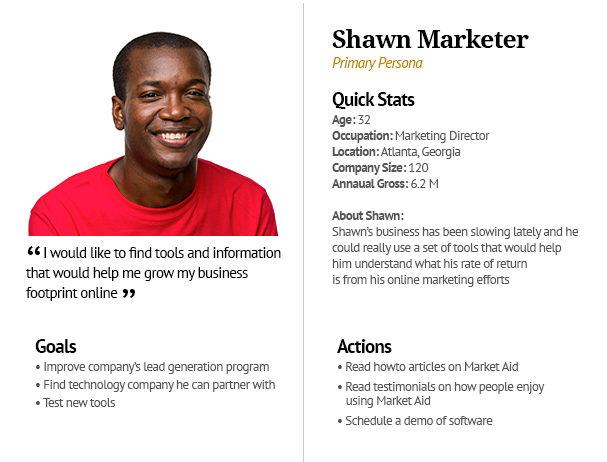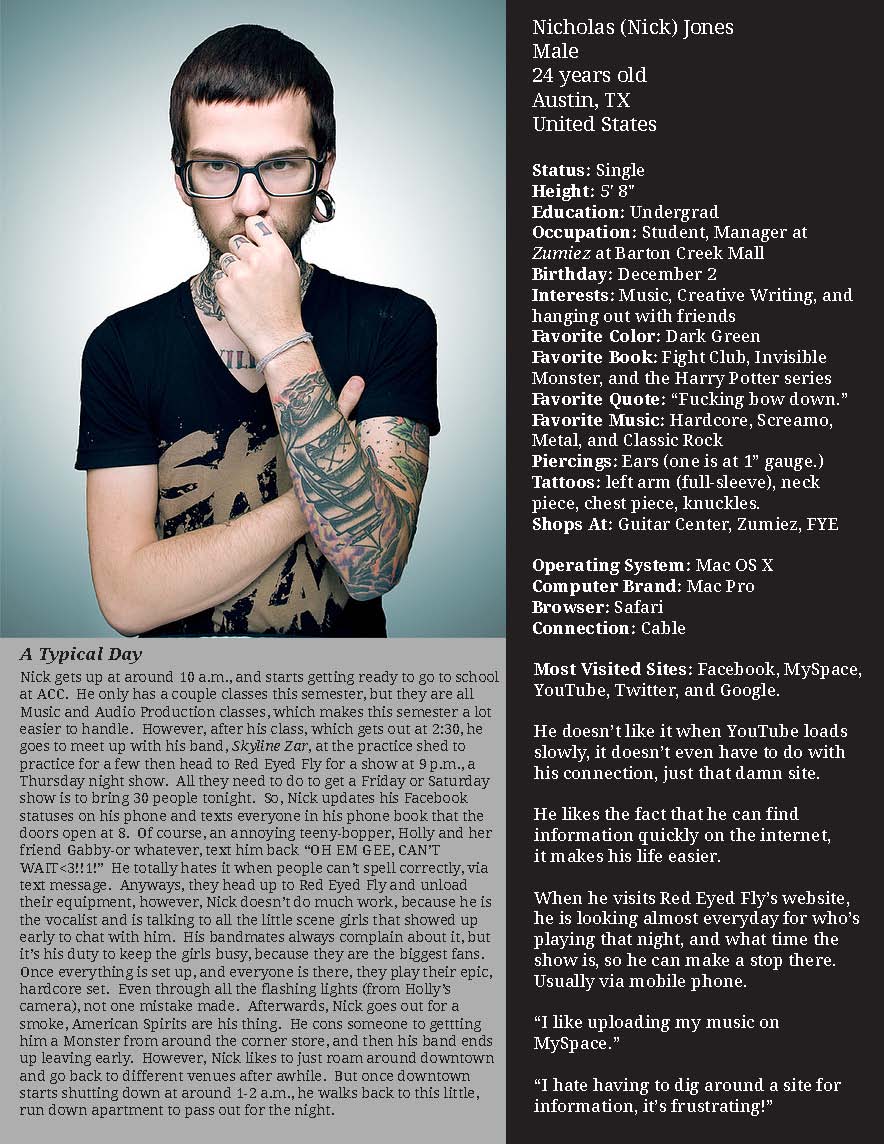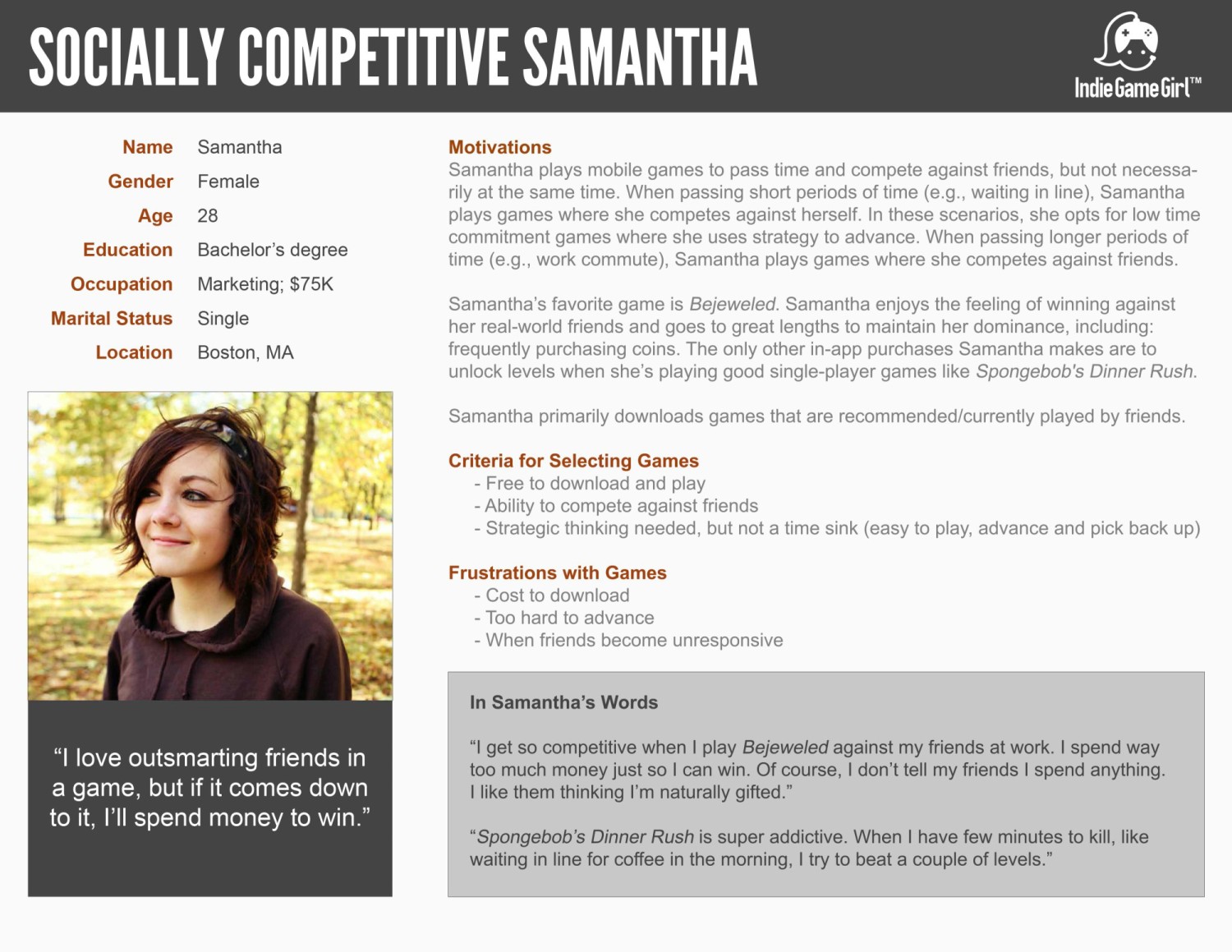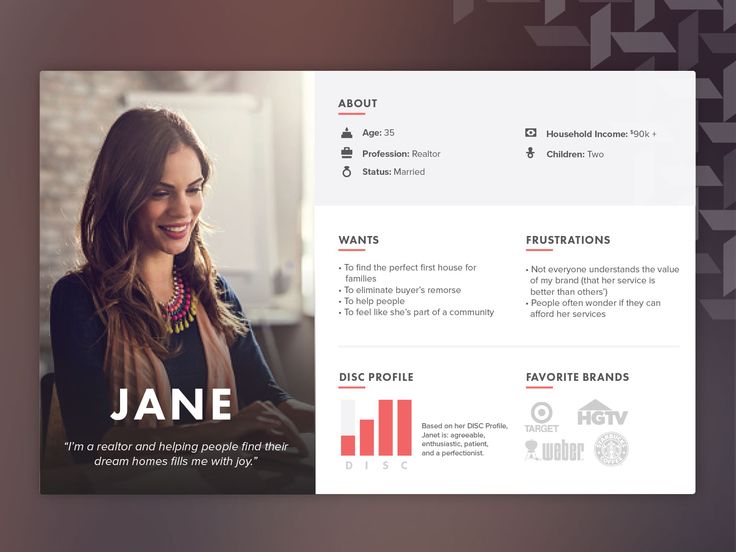ENGL 3130: Business Writing
Professor:If you've never met a professor you might wonder what we do. We do research, write grant applications, write articles and books, review colleagues' work, give public presentations, participate in university governance, and teach (distill hundreds of books and articles into syllabi, create quizzes and tests, assign papers, offer feedback, grade, write letters of recommendation, design new classes). Most of the professors you will meet care deeply about teaching. They just wish they had more time for it. Remember there's a difference between learning and being entertained. Remember also that you don't have to like someone to learn from them. Dr. George PullmanOffice address: 2424, 25 Park Place
Phone: 404 - 413 - 5458When you do call someone, have a voice message prepared in advance. No more than 10 seconds. Speak slowly. Just say who you are, what you want, how to reach you. Repeat your number at the end, s-l-o-w-l-y. If you need more than 10 seconds, use email or face-to-face. I never use the phone, so with me, go straight to email.
Office Hours: I am available via gpullman@gsu.eduWhen emailing a professor, the subject line should be class number: day, time. Like this, for example, ENGL 3130: TR, 8:00. That way you don't have to introduce or explain yourself. The proper salutation is, 'Professor Lastname.' Don't use txt spk. Use complete sentences and standard punctuation. Don't ask questions Google answers. Don't ask, 'What did I miss?' (unless you want to antagonize your professor). Sign off with Thank you, and your name. Don't expect an immediate response. Many professors answer email only during a set time, say between 4 and 5 pm. I'm compulsively responsive to email but tend to maintain radio silence between 10 pm and 5 am..
I am early to class and frequently stay late, if you want to speak face-to-faceDon't be anonymous. Go to your professors' office hours at least once; early on is best. (Think of a smart question first: why did you get interested in SUBJECT HERE? What do SUBJECT majors do when they graduate? Most people, not just profs., like to talk about themselves, especially indirectly). Generally speaking, if you behave as though you take your learning seriously, a prof. will take you seriously. Otherwise, you are just a face in a sea of ever-changing faces..
You may also make an appointment, office, Skype/FaceTime, coffee shop.
Audience Analysis -- Persona Development
Introduction
Know your audience is a universal principle of rhetoric, any kind of rhetoric. Audience awareness is critical to making an argument work because people with different interests, looking at the world from different perspectives, and possessing some assumptions rather than others will interpret what they read or hear differently from anyone who doesn't share those qualities. Any child who ever tried to wheedle something out of one parent rather than the other knows about audience. And yet the older we get the less audience aware we may become.


And then there's the curse of knowledge, and this is by far the greatest source of loss of audience awareness. If you know how to do something really well, you tend to forget how you do it and if someone asks you how, you might leave a bunch of steps out because you are no longer aware of them yourself or assume the asker knows things they don't because it doesn't occur to you that someone might not know such things. There are also miscommunication problems caused by errors in prior knowledge, not just gaps, but mistaken mental models or broken concepts or colloquial interpretations of technical terms. The more you know, the more insider information you have, the harder it is to anticipate an outsider's point of view.
Some products create demand, most supply an existing one. Steve Jobs, who is often sited as one of the foremost build it and they will come types because people didn't know they needed a cell phone until he made the iPhone once said:
One of the things I've always found is that you've got to start with the customer experience and work backwards to the technology. You can't start with the technology and try to figure out where you are going to sell it.
On the other hand, Henry Ford is said to have said, "If I'd asked people what they wanted, they would have said faster horses.". People don't always know what they want or even have a clear idea of what they think, but that doesn't mean they are irrelevant to understanding how best to solve a problem.
Audience analysis is critical to business communication and to business itself. This is why businesses spend large portions of their annual budgets on learning about their customer's needs. In other business classes, you will likely encounter discussions about demographics and market research. In this writing class we are going to look at persona development.
What is a persona?

A persona is a research-based representation of a segment of your audience, depicted as a real person. The research upon which a persona is based is typically done through client feedback, questionnaires, surveys, focus groups, and interviews. The information gathered should make it possible to predict behavior. A persona is not a stereotype. It is not a character, and even less a caricature. A persona is a concrete generalization that accurately represents an audience segment. Businesses use personae to make sure that everyone writing for the company -- or designing for the company -- has a clear sense of who they are writing to and working for.
Persona descriptions tend to be attached to a photograph of an actual person. I've seen life-size cardboard cutouts with note cards taped to the wall around them. More common, though, are photos like the one on the right. The goal is to get a real sense of actual people with specific problems and attitudes so that as you write you don't just write for some abstract, disembodied, undifferentiated "audience member".
Examples
Absent a context, the examples below may be a bit hard to interpret, but look at the design and the topic headings. Each of these looks very much like what personae look like. The headings are fairly common too: demographics, motivations, frustrations, goals, brands. An important quotation from an interview or a slogan or mantra that sums up the type is also a common feature of personae. Some include personality test data (DISC assessments, for example). A day-in-the-life-of narrative is also a frequent feature. Remember that the goal of a persona is a concrete representation of a generalization of one of your market segments. If you are writing to clients, what kinds of clients do you have? If investors, what kinds of people are they?





When North Carolina State University set out to update its library, part of their research was student profiles. I am assuming these are not actual individuals but generalizations. I'm not certain.
You need multiple personae unless everyone suffers your problem in exactly the same way and there are no distinctions to be made in how the solution is purchased or applied. If one size fits all, one persona is enough. Even if your product really could be sold as an undifferentiated commodity, audience segmentation might be a way to improve revenue. You can charge rich people, for example, more for the same service, and use the increased margin there to supplement the less wealthy, or not, depending on who you are or your company is. I met someone who works for one of those large matchmaking websites and she said that if you fill out the questionnaire saying you have what the algorithms interpret as a high-paying job you will be quoted a higher monthly fee. She said you could grieve that and win, but most people have no idea it happened.
Some advice about questionnaires
- People like to feel smart. If they don't know, they will guess: always offer a Don't Know or N/A
- If you ask an open-ended question, people will make up an answer rather than admit they don't know: triangulate. When travelling, don't ask just one person for directions. If two people offer the same answer, go for it. If the two answers differ, seek a third.
- People like to be helpful and will say whatever a question seems to imply: don't ask leading questions
- People don't like to admit to things they think others will disapprove of. couch sensitive questions non-judgmentally.
- Many words have multiple meanings and many common words can mean different things to different people. avoid all possible ambiguity.
- Just because you know what you mean by a word or expression doesn't mean everyone thinks it means the same thing.
- If you ask, "Did you have a positive experience" and 40% said yes and 60% said no, you don't know why the yeses said yes or the nos said no. Worse, two yeses might have different reasons for saying yes. Define positive and define negative. You could do a check-all-that-apply response.
- Sometimes the meaning will be unambiguous but how a respondent represents that meaning might differ. Consider a question like, "When were you born?". If you gave 5 people a blank space to answer that question in, you might get 5 different representations of date month and year. You could get April, 12, 2000. 4/12/2000. 12/04/2000. 18 years ago today. To make sense of all of those variations you would have to rationalize the data, translate each answer into the same format. That would be time consuming and error prone by hand. A computer program could do the translation quickly, if you had the code, but it's simpler to restrict how an answer can be formed. When were you born:
.- Imprecise terms coupled with people's desire to feel smart can render meaningless the answers to what seems like a simple question. If you asked people, "Are you financially literate." Many people might say yes because the opposite would be an embarrassing thing to admit. Several people might say yes just to be agreeable, and many of your yeses might refer to a wide range of different, perhaps incompatible ideas.
- Don't offer false alternatives.
- Pay attention to how the answer to one question might influence the interpretation of or answer to another, especially if the questions are contiguous: Beware bias.
- Ask the fewest questions possible.
- Test before you go live.
- Just because you know what you mean by a word or expression doesn't mean everyone thinks it means the same thing.
Stock questions for persona development
So you need to learn about your prospects. You should observe them as they are experiencing the problem your proposal addresses. You should interview some of them. And you should develop and distribute a questionnaire to get data from a wider sample in order to make sure what you think you know is real.
Having said that, however, you can start to build a persona by getting answers to some stock questions. The list below is tailored for individual people, but they would work just as well for a corporate entity.
You need a persona for each relevant person -- those who have the problem, those who are indirectly affected, those who are empowered to decide on a solution. You may need several personas for those who have the problem if it is possible to have it in different ways.
- How aware of the problem are they?
- How motivated are they to solve it (denial, resistance, damage, cost, lost opportunity)?
- Do they have the power to make the relevant decisions?
- If not, should you help them talk to their boss or got straight to the bosses?
- If they will implement the solution, you need to get them on board
- Are there relevant relationships inside and outside the organization?
- What solutions to similar problems have they already bought into?
Getting the answers to these questions from real people who are potential customers will help you refine your thinking about both your planned solution and how best to propose it.
Exercise 1
Spend some time in the courtyard or where ever GSU students are plentiful. Observe appearances and behaviors. Put together a list of "types" of GSUer. Give them a name. Describe their uniform. Describe their behavior. Focus on differentiating each group from the others. You are looking for telling differences.
Exercise 2
Using the stock questions above, and any other relevant questions you can think of, develop personae for your intended solution. How many will you need? How will each differ? Get a photograph of a person you will use to represent each persona. Create the trait list and think about how to represent the traits with the image.